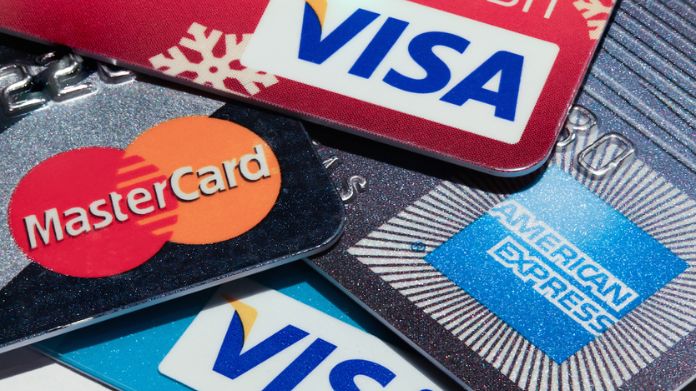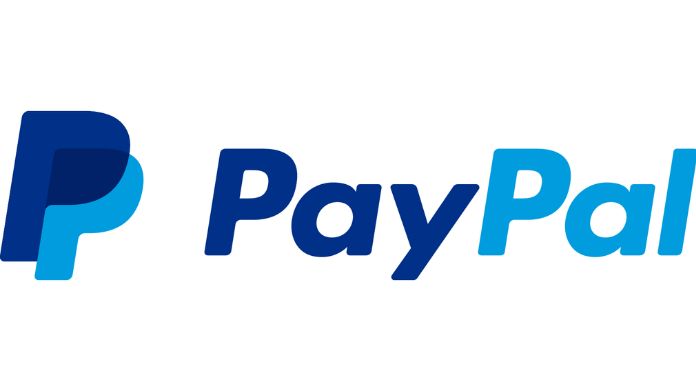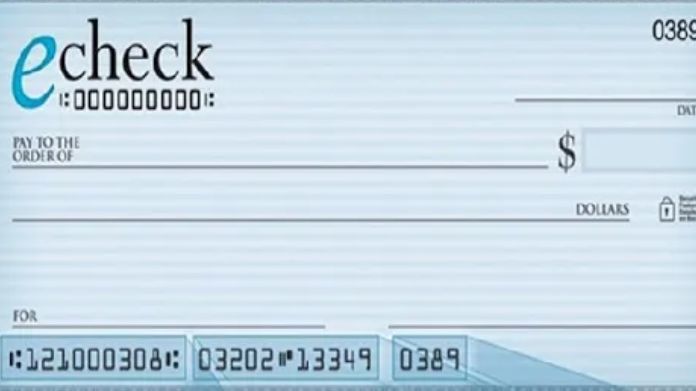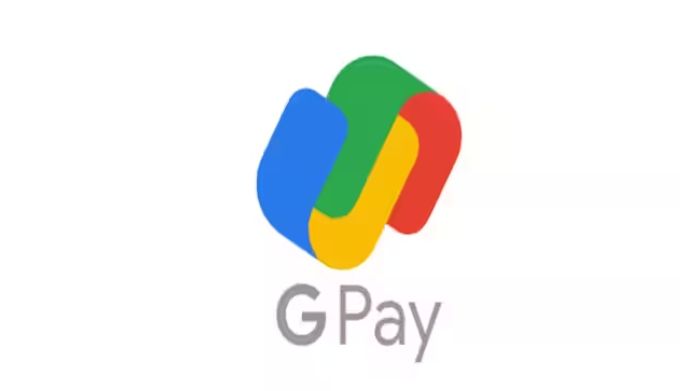One of the most essential elements that all successful e-commerce sites have in common is an online payment option. Your online store cannot provide clients with value, and you cannot generate money if there is no easy and convenient way to receive payments.
Therefore, payment must be a top focus whether you’re just starting your B2B e-commerce firm or have a successful setup. However, selecting a payment option might be easier than it seems.
There are numerous things to consider, including the payment alternatives offered in your area and how well they could work for your business. The challenge of choosing among the many local and international options also exists.
But don’t worry. We’ve put together this comprehensive guide to help you with the most often asked issues by sellers, such as the many categories of online payment alternatives and how to choose the best ones.
A thorough overview of the best options for making online payments is also included in this Techblogwiki article.
Let’s get started!
What Are Online Payment Methods?

Services that handle payment information on e-commerce websites are known as online payment methods. The purchase procedure has been substantially accelerated and simplified by digital selling. Customers may choose things online and pay for them electronically, thanks to payment methods.
Payment options come in many varieties over future technology and provide a range of services. They do, however, primarily serve to speed up smooth payment processing. They often entail:
Payment Gateways: These interfaces allow customers to input their payment information. Payment gateways connect your e-commerce store to a payment processor’s portal.
Payment Processors: Processors are responsible for receiving customer information, verifying the availability of funds, and sending a payment request to the customer’s bank. The payment is processed and deposited into your merchant account if the customer has sufficient funds. If there are insufficient funds, the processor notifies you.
Bank Providers: These are traditional banks where customers hold accounts. The bank provider either settles the payment request or informs the processor of insufficient funds in the customer’s account.
Merchant Accounts: As an e-commerce store, your account is considered a merchant account. This is where you receive payments from customers after a successful purchase.
As you can see, successfully receiving an e-commerce payment involves multiple steps. However, it is crucial for you as an online store owner to ensure that the process is quick and hassle-free for customers. Lengthy or complicated payment procedures can result in lost sales and revenue.
Top Online Payment Methods for E-commerce Sites
We’re in a fantastic position to explore the best online payment methods now that we know better how payment technology operate and the fundamental sorts offered.
As you go through this list, consider how each payment option stacks up against your company’s requirements and the applicability of your business cases.
The top online payment options for e-commerce websites are shown below.
1. Credit/Debit Card

Most contemporary payment mechanisms for e-commerce are built around credit and debit cards. Customers frequently fund alternative payment methods like digital wallets using credit cards. They might also use the money they already had to authorise debit card payments through their bank.
The typical preference of B2B clients for tried-and-true payment methods is another factor that makes this option worthwhile. American Express, Visa, and MasterCard are only a few card issuers and payment processors that have been around for a while. Since small companies and B2B buyers trust them, e-commerce merchants should include them.
2. PayPal

With operations in more than 200 nations, PayPal is the world’s most extensive online payment service.3 It’s a payment option that many of your consumers will utilise because the firm has more than 250 million subscribers worldwide3. The fact that 17 million businesses also use PayPal shows how popular it is with companies and consumers.
PayPal claims that service users have an 82% better conversion rate4, but it’s also essential to consider the costs involved. Each transaction processed by the payment provider is subject to a fee of 30 cents + 2.99%. Overall, PayPal makes a strong business argument, which explains why it’s so well-liked worldwide.
3. Electronic Cheques

One of the most often used methods for processing payments online is the electronic cheque. They’ll take cash out of a bank account. With the aid of this online payment system, vendors may deposit checks into their bank accounts without having to write out their reviews beforehand. Compared to conventional paper checks, electronic statements include many more security features, such as encryption, public key cryptography, digital signatures, and verification.
The functions that owners of these checks can do are the same as those that owners of regular paper checks can perform. The advantage of adopting these electronic checks is that processing them requires fewer steps. Comparatively speaking, electronic checks cost less to process than traditional paper checks. One of the most popular payment methods is direct deposit, which many workplaces provide.
4. Bank Transfers

A bank transfer involves the duplicate transactions that a debit card does. This transfer technique makes a debit card unnecessary because money is sent between bank accounts. Unlike other types of transactions, such as paying or drawing money from a bank account, bank transfers offer a quicker and safer payment method.
On their phones, people may also set up an online payment system. If you need help making an online payment, go to your online account and choose the option. Additionally, several banks provide their account users with Internet payment tools that let them send money online.
5. Google Pay

Google Pay gives online buyers freedom and convenience through its excellent technology and user base. Because hundreds of millions of users have already stored their payment information in their Google accounts, Google claims their payment service may be quicker and more straightforward than others.
Therefore, by offering this payment option, e-commerce business owners can increase user-friendliness and quickness. Additionally, Google Pay is compatible with PayPal and Visa Checkout, a Visa payment service. Like Apple Pay, Google Pay is free for you and your customers. It is free.
Wrapping Up!
The ideal payment option for your organization ultimately depends on its particular requirements and consumer preferences. Think about how the approach fits into your current company model, if it improves the customer experience and the degree of protection it offers you and your clients before making a choice.
We provide several of the most popular payment options, enabling vendors to offer clients cutting-edge payment options. This relieves the pressure of having to decide which strategies to use.






